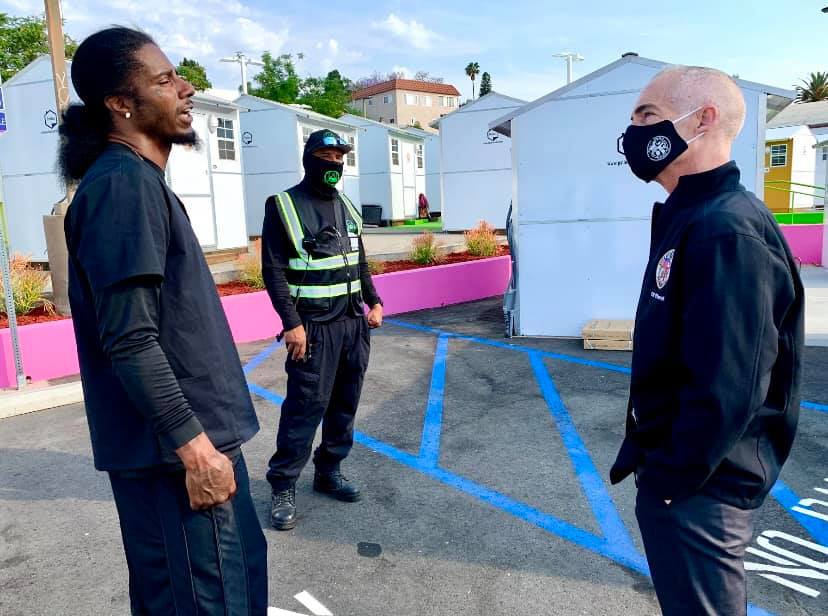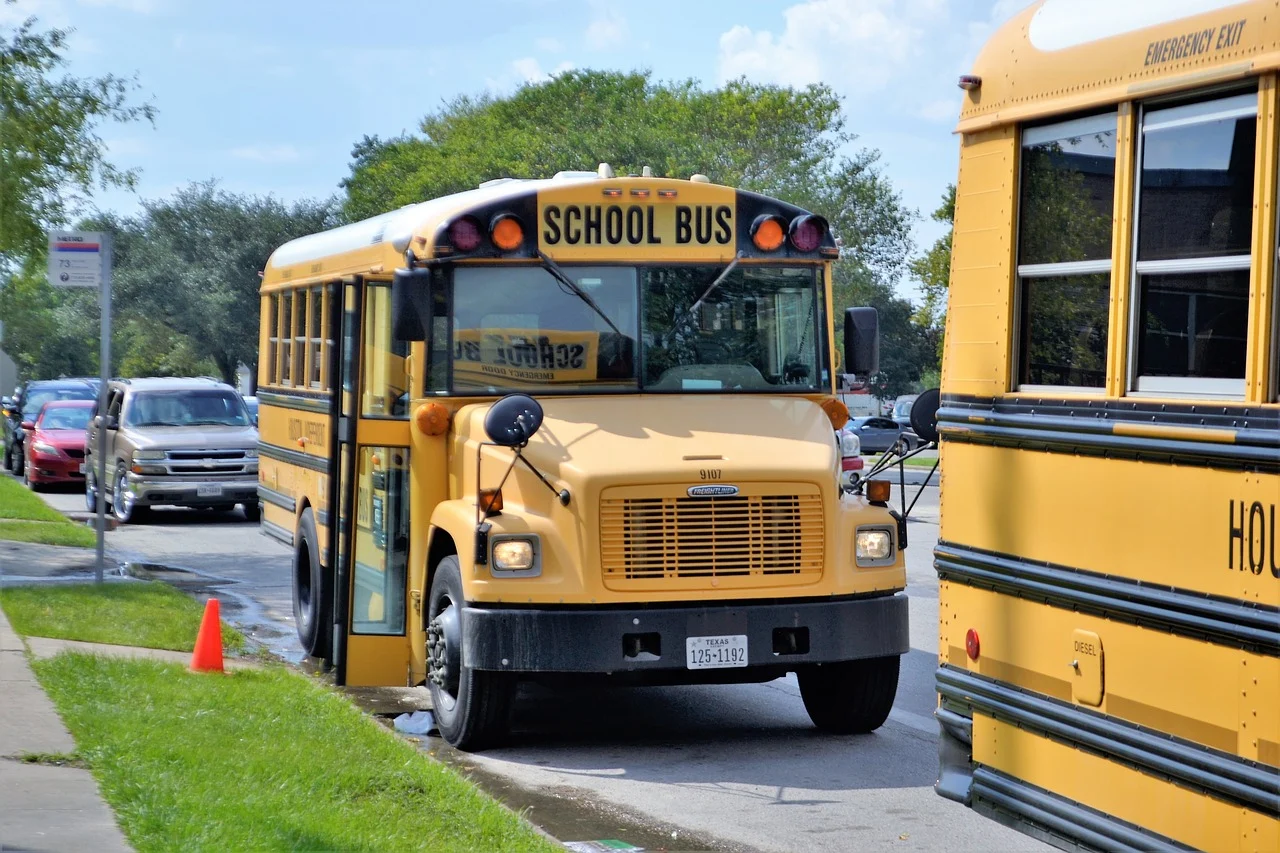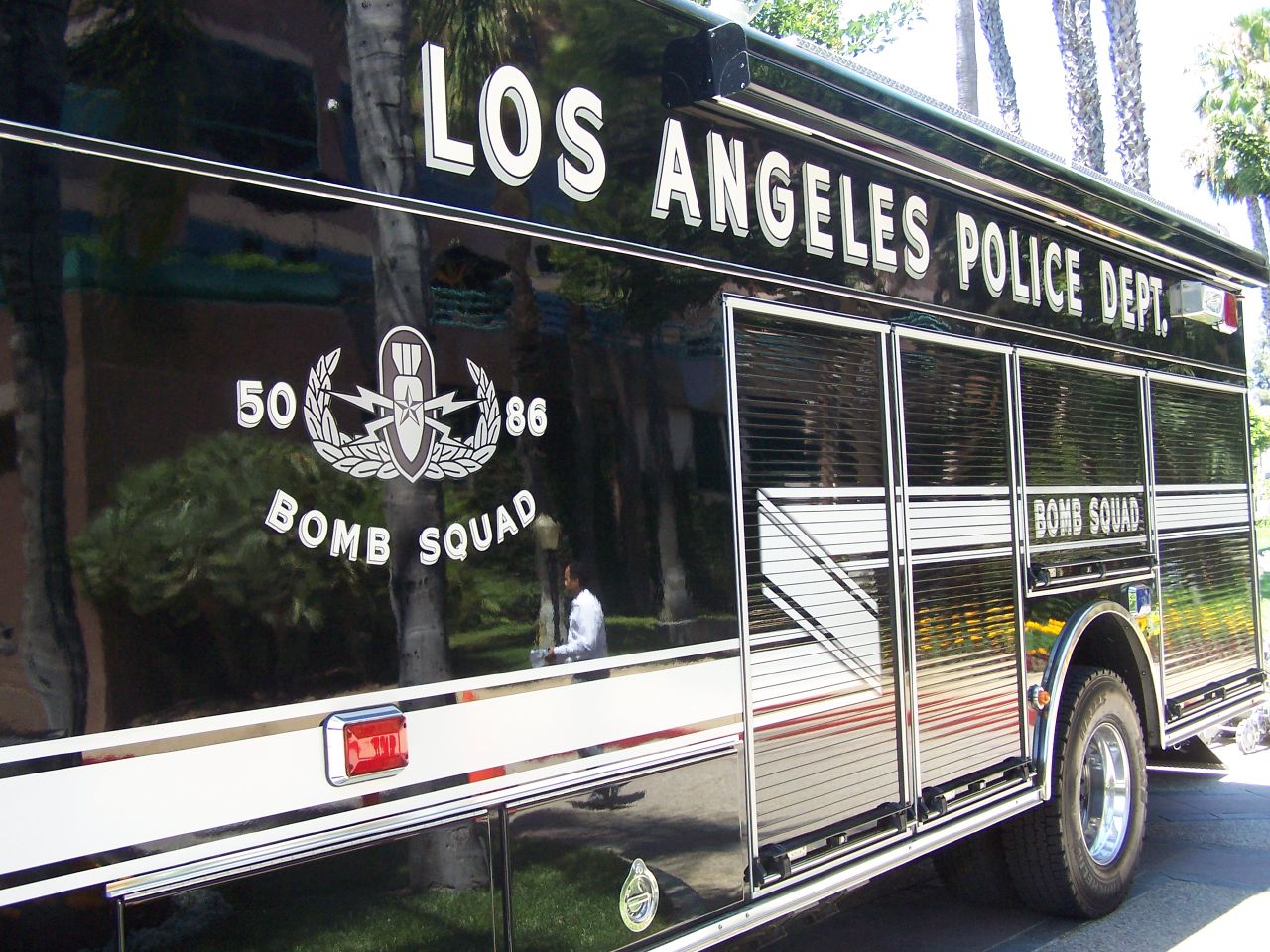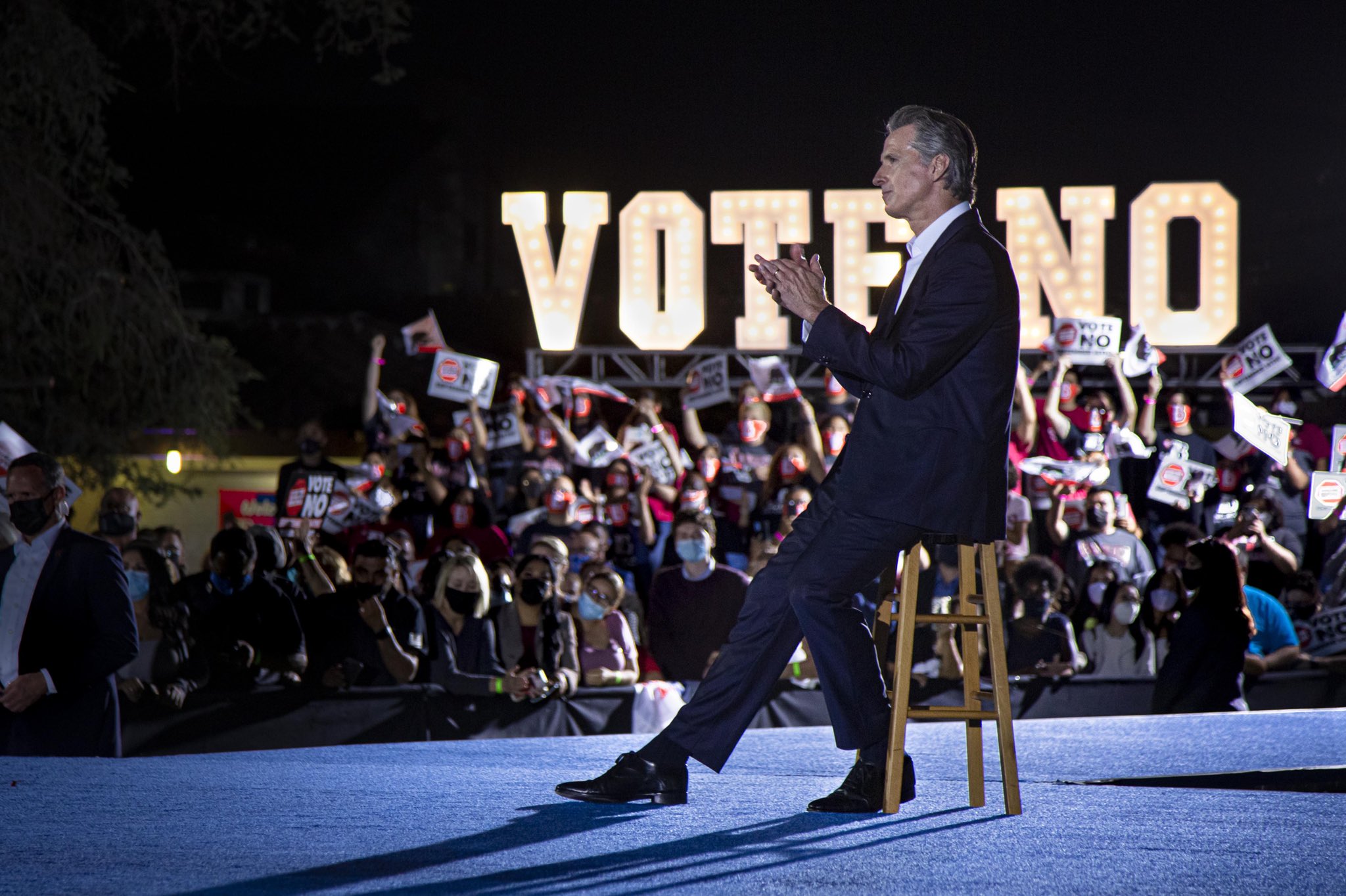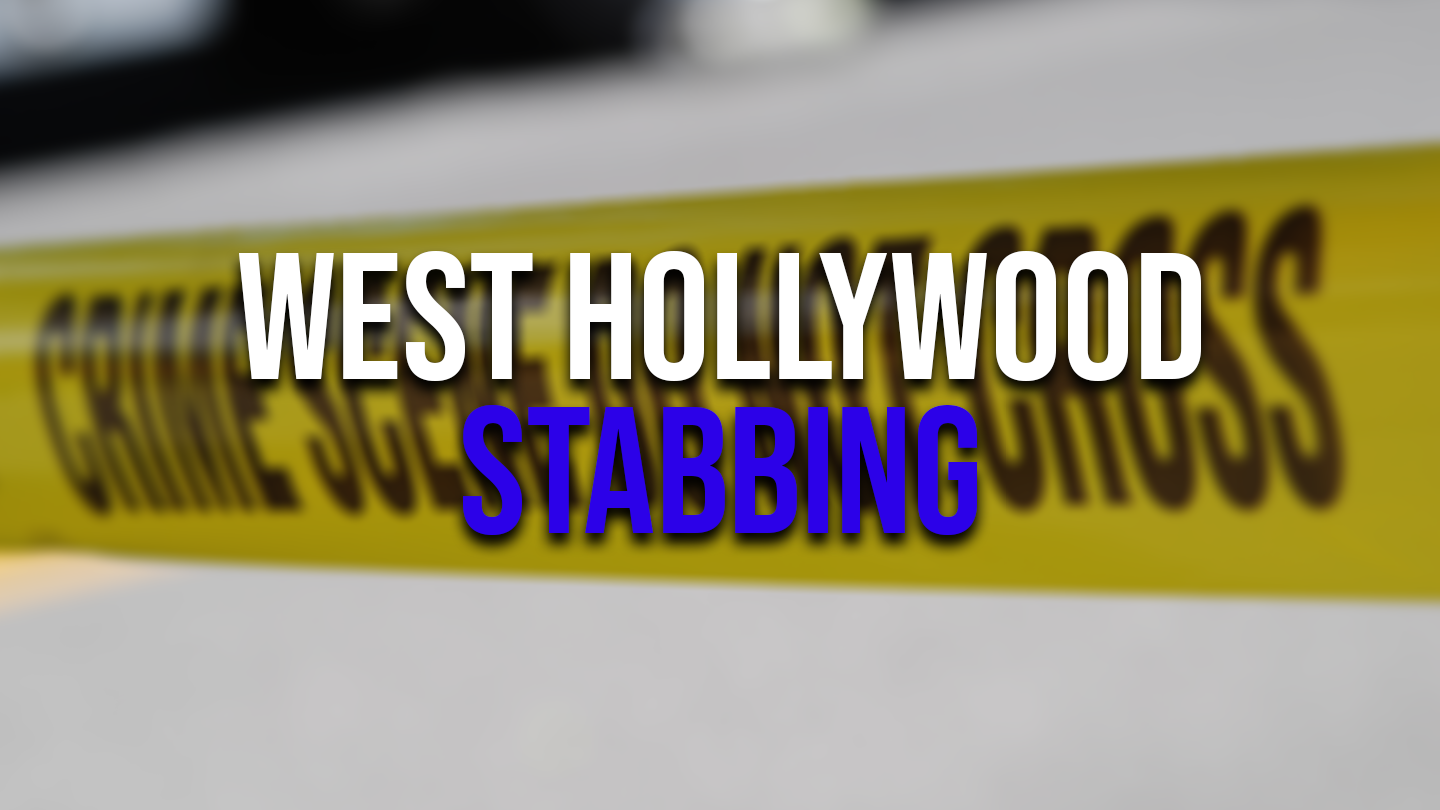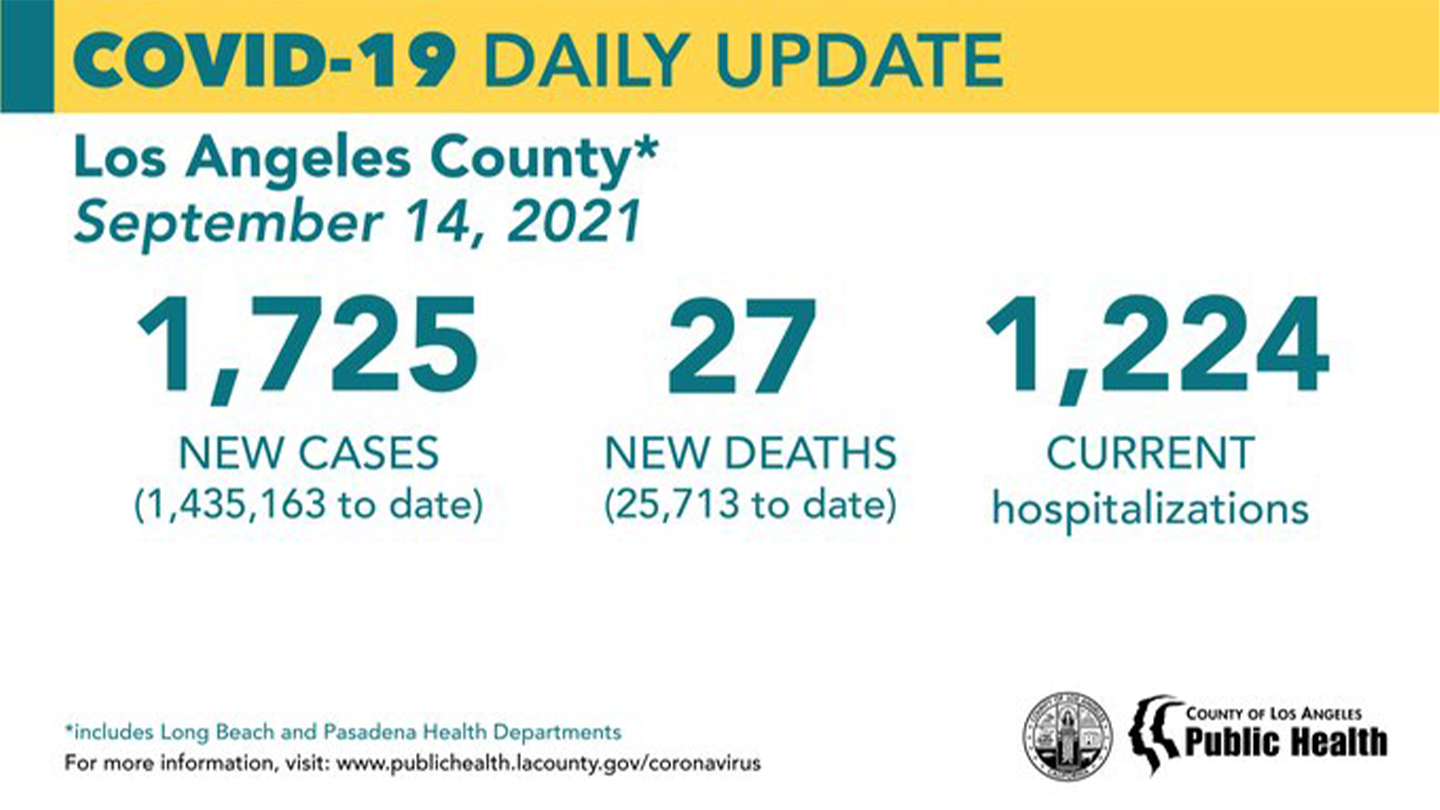Following the Los Angeles City Council’s approval of a street engagement strategy Tuesday to accompany its sweeping ordinance to restrict homeless encampments, Councilman Mitch O’Farrell introduced a resolution that would enforce the ordinance at 17 locations of his district.
Council District 13 includes parts of Atwater Village, East Hollywood, Echo Park, Elysian Valley, Glassell Park, Historic Filipinotown, Hollywood, Little Armenia, Mid-Wilshire/Koreatown, Thai Town and Silver Lake. O’Farrell’s resolution, if approved by the City Council, would designate the following areas for enforcement:
- within 500 feet of the underpass at Silver Lake and Sunset boulevards;
- within 500 feet of Clifford Street Elementary School, 2150 Duane St.;
- within 500 feet of the underpass at Myra and Fountain avenues;
- within 500 feet of the underpass and Camino Nuevo Charter Academy at Hoover and John streets,
- within 500 feet of the underpass at Vendome Street and the Hollywood (101) Freeway;
- at and within 500 feet of Barnsdall Art Park, 4800 Hollywood Blvd.;
- within 500 feet of Las Palmas Senior Citizen Center, 1820 N. Las Palmas Ave.;
- within 500 feet of the Hollywood Recreation Center, 1122 Cole Ave.;
- within 500 feet of Vine Street Elementary School, 955 N. Vine St.
- at and within 500 feet of Madison West Park, 464 N. Madison Ave.;
- within 500 feet of the underpass at Alvarado Street and the Hollywood Freeway;
- within 500 feet of Angelica’s Daycare, 6122 De Longpre Ave.;
- within 500 feet of the underpass at Bronson Avenue and the Hollywood Freeway;
- within 500 feet of the underpass at Sunset Boulevard and the Hollywood Freeway; and
- within 500 feet of the underpass at Verdugo Boulevard and the Glendale (2) Freeway.
The law, which modified Municipal Code 41.18, prohibits encampments within 500 feet of a “sensitive” facility including schools, day care facilities, parks and libraries, once the council passes a resolution to designate a specific area for enforcement, posts signage and gives notice of the date that the ordinance will be enforced for the area.
Areas also include:
- up to 500 feet of a designated overpass, underpass, freeway ramp, tunnel, bridge, pedestrian bridge, subway, wash or spreading ground, railroad track or where lodging unsheltered or in tents is unhealthy, unsafe and incompatible with safe passage; and
- up to 1,000 feet of a facility opened after Jan. 1, 2018, that provides shelter, safe sleeping, safe parking or navigation centers for persons experiencing homelessness.
The ordinance will also allow the city to prevent encampments for a period of no longer than one year in areas that are deemed an ongoing threat to public health or safety, including due to:
- death or serious bodily injury of any person at the location due to a hazardous condition;
- repeated serious or violent crimes or threats of serious or violent crimes, including human trafficking; and
- fires at the location.
The ordinance went into effect on Sept. 3, but enforcement was limited to accessibility obstructions pending the city’s approval of the street engagement strategy.
Under the engagement framework, which was approved Tuesday 14-0, each council office will have its own engagement teams to deploy to areas chosen for the ordinance’s enforcement. The teams will assess the encampments, determine how long engagement will take place, collaborate with city and county departments, as well as nonprofit organizations, and connect encampment residents with services and interim and permanent housing placements.
Each council office will have control over deployment for its engagement teams and additional teams will be geographically based, with one in Hollywood, one in the Civic Center, one in the Broadway/Interstate 110 corridor and four in Skid Row.
“Before us today we have essentially a first of its kind citywide street engagement strategy,” said Councilman Mark Ridley-Thomas, who chairs the city’s Homelessness and Poverty Committee.
“It provides a uniform framework to provide street-based services and connections to housing, both interim and permanent, to unsheltered residents living in this city.”
The framework was developed by City Administrative Officer Matthew W. Szabo and Chief Legislative Analyst Sharon Tso.

